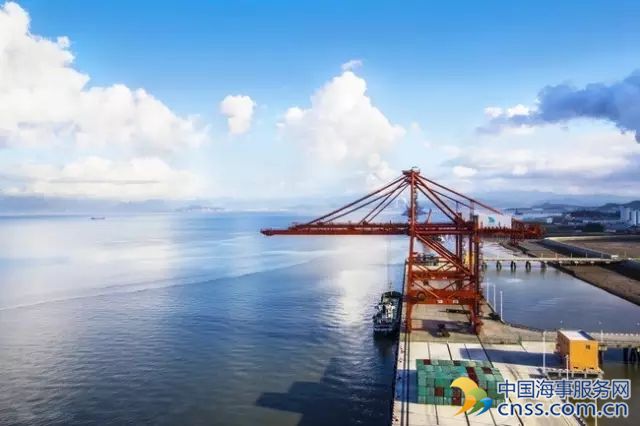That sinking feeling

Too many ships, too little trade. On August 31st Hanjin Shipping, South Korea’s biggest container carrier and the seventh-largest in the world, filed for receivership, after five years of losses and another deficit in the first half of 2016. Hanjin was holed by shipping’s prolonged global slump, the product of vast overcapacity and slow trade growth. Its creditors, led by state-owned Korea Development Bank (KDB), have had enough.
Shipping’s malaise is both broad and deep. An earnings index compiled by Clarksons, a research firm, covering the main types of vessel—bulk carriers, container ships, tankers and gas transporters—reached a 25-year low in mid-August. The average for the first half of 2016 was 30% down, year on year, and 80% below the peak of December 2007. Stephen Gordon of Clarksons adds that new orders at shipyards are the lowest in 30 years.
As KDB’s loss of patience shows, the industry’s troubles hurt lenders as well as shippers. According to Petrofin, another research group, Asian banks have expanded their shipping loans in recent years. With China’s economy slowing and world trade in the doldrums, they may soon regret that. For their part, European banks have already been tossed this way and that since the financial crisis of 2007-08. Some, notably Landesbanken—public-sector, regional wholesale banks—in northern Germany, are still counting the cost.
German banks, traditionally strong in shipping, were eager lenders before the crisis, happily putting up 70% of a vessel’s cost—and even the rest, before borrowers raised the equity. Then the storm broke: Petrofin calculates that between 2010 and 2015 leading German lenders slashed their shipping books from $154 billion to $91 billion. In 2012 Commerzbank, the country’s second-largest lender, decided to quit altogether. Its portfolio has since dwindled from €19 billion ($24 billion) to €8 billion.
On August 31st Bremer Landesbank, from the city-state of Bremen, announced loan-loss provisions, mainly for shipping, of €449m—over one-fifth of its equity at the end of 2015—and reported a first-half loss of €384m. At €6.5 billion, its shipping portfolio is around 30% of its loan book. Bremer LB will not be allowed to sink. NORD/LB, its neighbour, which already owns 54.8%, is taking it over fully. The deal values the state government’s 41.2% stake at €262m—far below its worth when Bremen boosted its holding in 2012.
NORD/LB itself is far from shipshape. It recently reported a first-half loss of €406m, thanks to further loss provisions on marine loans. It plans to cut its shipping book, €19 billion at the end of 2015, to €12 billion-14 billion. Last month it agreed to sell $1.5 billion of loans to KKR, a private-equity firm, and an unnamed sovereign-wealth fund. A third lender, HSH Nordbank, is seaworthy largely thanks to guarantees, covering €10 billion of loans, from the states of Hamburg and Schleswig-Holstein. The guarantees were cut to €7 billion in 2011, but increased in 2013 when that proved premature. In May the European Commission approved the reinstated aid, provided that the bank’s core operations were sold. This is due by 2018.
Some are confident of steering through choppy waters. Besides KKR, Berenberg, a Hamburg bank, is talking to institutional investors about buying (well-performing) loans. Not everyone is seasick.
Source: Economist
HEADLINES
- Do shipping markets want Biden or Trump for the win?
- All 18 crew safe after fire on Japanese-owned tanker off Singapore
- Singapore launching $44m co-investment initiative for maritime tech start-ups
- Cosco debuts Global Shipping Industry Chain Cooperation Initiative
- US warns of more shipping sanctions
- China continues seaport consolidation as Dalian offer goes unconditional